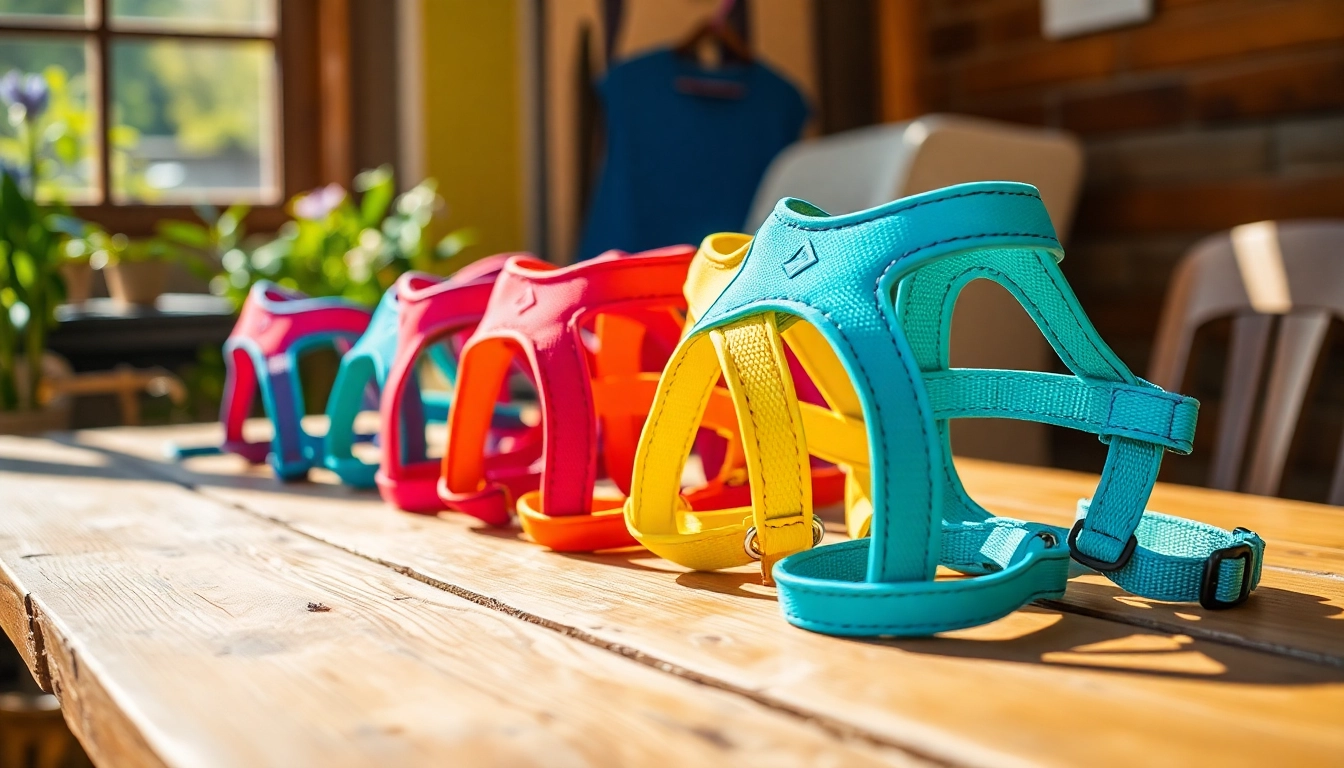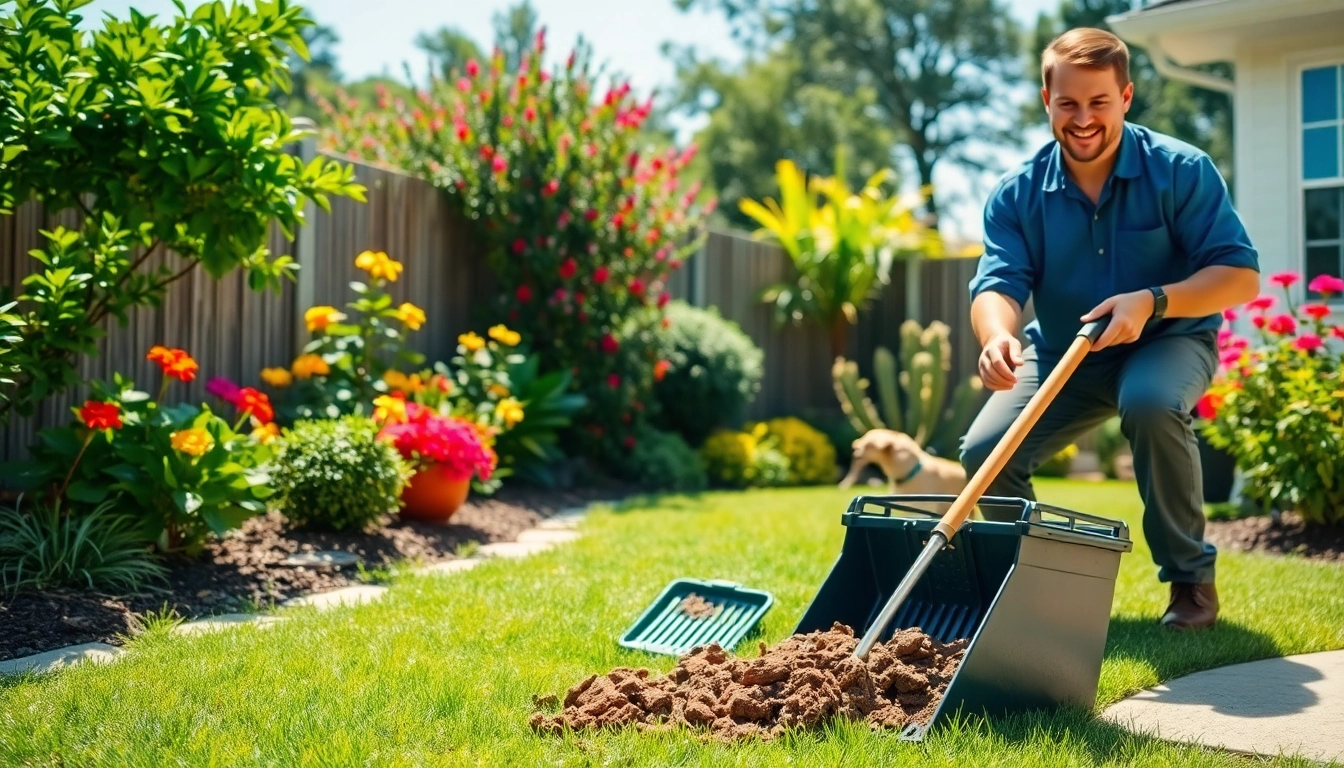Understanding the Importance of Dog Harnesses
When it comes to our furry friends, ensuring their safety and comfort is paramount. One of the most significant decisions pet owners face is how to best control and protect their dogs during walks and other activities. One solution gaining recognition among dog owners is the dog harness. Unlike traditional collars, harnesses distribute pressure more evenly across a dog’s body, offering more support and reducing strain on their neck. In fact, using dog harnesses can lead to a more comfortable and enjoyable experience for both the human and canine participant during outdoor excursions.
Why Use a Dog Harness?
Using a dog harness provides numerous advantages for pet owners seeking to enhance the safety and well-being of their dogs. Harnesses are designed to fit snugly around the dog’s body, allowing for better control while walking, running, and exploring. For dogs that pull or lunge during walks, harnesses can prevent injury by distributing the force evenly across their chest and back instead of concentrating it on their throat. Moreover, harnesses are ideal for training purposes, helping to deter unwanted behaviors and reinforcing positive walking practices. As a result, both owner and dog can enjoy more harmonious outings together.
Benefits Over Traditional Collars
While traditional collars serve their purpose for identification and leash attachment, they come with inherent risks, especially for active or strong-willed dogs. The primary advantage of harnesses is their design, which minimizes the risk of injury to the neck and trachea, particularly in small breeds or dogs who tug at their leashes. Harnesses also provide a more secure fit, reducing the likelihood of escape and enhancing control during walks. For elderly dogs or those with mobility issues, a harness can offer support, making it easier for them to navigate stairs or get in and out of vehicles.
Choosing the Right Fit for Your Dog
Selecting the proper harness is crucial for your dog’s comfort and safety. The right fit ensures that your dog is not overly restricted or at risk of injury from a poorly fitting harness. It’s essential to consider the size, breed, activity level, and specific needs of your dog when making this critical decision. Many manufacturers provide sizing charts to help owners find the most suitable option, taking into account the dog’s girth, weight, and age.
Types of Dog Harnesses
Front-Clip vs Back-Clip Harnesses
When it comes to dog harnesses, two common designs stand out: front-clip and back-clip harnesses. Front-clip harnesses are designed with a leash attachment point on the dog’s chest. This design discourages pulling and provides additional control during walks. It is particularly beneficial for dogs that tend to lunge or display reactive behavior. Conversely, back-clip harnesses attach at the back and are ideal for well-trained dogs that do not pull excessively. This style provides comfort and freedom of movement, making it suitable for various activities, from casual walks to hiking.
Specialty Harnesses for Large or Small Breeds
Dog harnesses come in various styles tailored for different breeds and sizes. Specialty harnesses for larger breeds often feature reinforced materials to accommodate their strength and weight, ensuring safety during outings. Similarly, harnesses designed for small breeds prioritize lightweight materials and a snug fit to avoid overwhelming delicate frames. Some manufacturers even offer custom options, allowing pet owners to select a harness tailored to their dog’s unique shape and size.
Reflective and No-Pull Harness Options
For dog owners who enjoy late-night walks or adverse weather conditions, reflective harnesses can significantly enhance visibility and safety. These harnesses incorporate light-reflective materials, allowing cars and pedestrians to spot your dog, reducing the risk of accidents. No-pull harnesses, on the other hand, incorporate design features aimed at discouraging pulling. They often utilize a combination of front-clip attachments and unique structures that guide the dog back towards the owner when resistance is felt, promoting better walking behaviors.
How to Measure Your Dog for a Harness
Essential Tools Needed for Measuring
Getting the right size harness starts with accurate measurements. To measure your dog, you will need a flexible measuring tape, a notepad to record your findings, and possibly a helper to keep your dog still. Measuring your dog accurately is essential to ensure a snug fit without causing discomfort.
Step-by-Step Measuring Guide
- Gather Your Dog: Having your dog stand comfortably is crucial. Ideally, do this when your dog is relaxed to get the most accurate measurements.
- Measure the Girth: Wrap the measuring tape around the dog’s ribcage, just behind the front legs. Ensure the tape is snug but not tight; you should be able to slide two fingers underneath.
- Measure the Neck: If the harness has a neck component, measure around the base of the neck where the collar would typically sit.
- Measure the Length: For body harnesses, measure from the base of the neck to the base of the tail. This measurement is less common but crucial for specific styles.
- Record and Compare: Once you have your measurements, compare them with the sizing chart for the harness you’re considering.
Common Mistakes to Avoid
When measuring your dog for a harness, it’s vital to avoid common pitfalls that can lead to a poor fit. One significant mistake is not taking multiple measurements at different times. Dogs can fluctuate in weight and size due to exercise, diet, and seasonal changes. Additionally, it’s essential not to rely solely on breed estimates for sizing; every dog is unique, and individual measurements are the best way to ensure a proper fit.
Maximizing Your Dog’s Comfort with the Right Harness
Materials to Look For
The material of the harness significantly affects your dog’s comfort and overall experience. Look for soft, durable fabrics that can withstand regular wear and tear without irritating the skin. Breathable materials are also essential, especially during warmer months, to help prevent overheating. Avoid harnesses made from stiff or cheap materials that may cause rubbing or chafing during outings.
Adjustable Features for Optimal Fit
Adjustability is another critical factor in harness selection. Look for harnesses that come with multiple adjustment points, allowing you to customize the fit for maximum comfort. Adjustable straps enable pet owners to achieve a snug but comfortable fit that accommodates different body shapes and ensures that the harness will grow with their dog.
Tips for Introducing the Harness to Your Dog
Introducing a harness to your dog can sometimes take time and patience. Start by allowing your dog to sniff and explore the harness before attempting to put it on. Gradually introduce the harness in a positive, relaxed setting, associating it with treats and praise to create a positive experience. Once the harness is on, begin with short sessions before increasing the duration as your dog becomes more accustomed to wearing it. Patience and careful introduction will make this process smoother for both you and your furry companion.
Where to Buy Quality Dog Harnesses
Choosing Between In-Store and Online Shopping
Deciding where to purchase your dog’s harness can influence your overall satisfaction with the product. In-store shopping allows you to physically assess the harness, check for comfort, and even try it on your dog. However, online shopping offers the convenience of browsing a vast selection, often at competitive prices. It’s essential to weigh the pros and cons of both approaches, considering your own comfort level and the specific needs of your dog.
What to Look for in a Reputable Seller
When purchasing a dog harness, it’s vital to buy from reputable sellers known for their quality products. Look for vendors with clear return policies, customer service support, and detailed product descriptions. Reputable retailers should provide sizing guides and information on materials and care instructions, ensuring you make an informed decision. Checking for brands that specialize in pet products can also lead to discovering high-quality harnesses designed specifically for your dog’s safety and comfort.
Customer Reviews and Product Recommendations
Reading customer reviews can be immensely helpful when selecting a harness. Real-life feedback from other pet owners offers valuable insights into how a harness performs over time. Look for reviews highlighting the comfort, durability, and overall satisfaction of the product. Also, consider seeking recommendations from friends, family, or even your veterinarian, who can offer personal experiences and guide your purchasing decisions based on what has worked well for their dogs.
Conclusion
Finding the perfect dog harness involves understanding your dog’s specific needs, measuring accurately, and exploring the various options available in the market. By considering factors such as comfort, fit, and activity level, you can make a well-informed decision that enhances your dog’s safety and enjoyment during outdoor excursions. Remember, investing in a quality harness not only benefits your dog but also strengthens the bond you share as you embark on adventures together.




